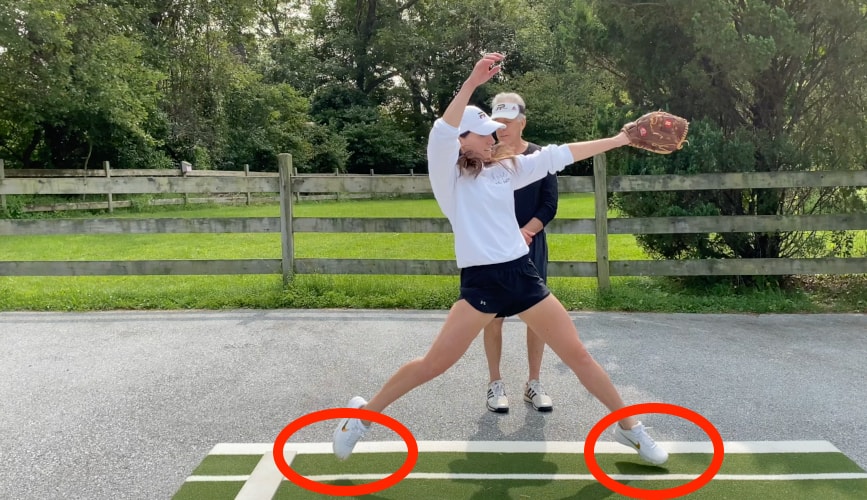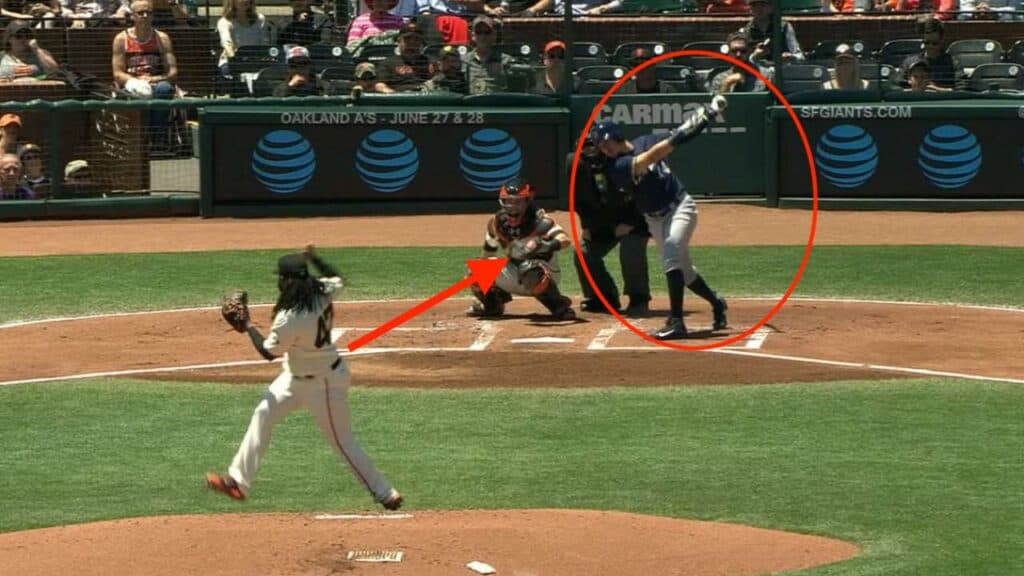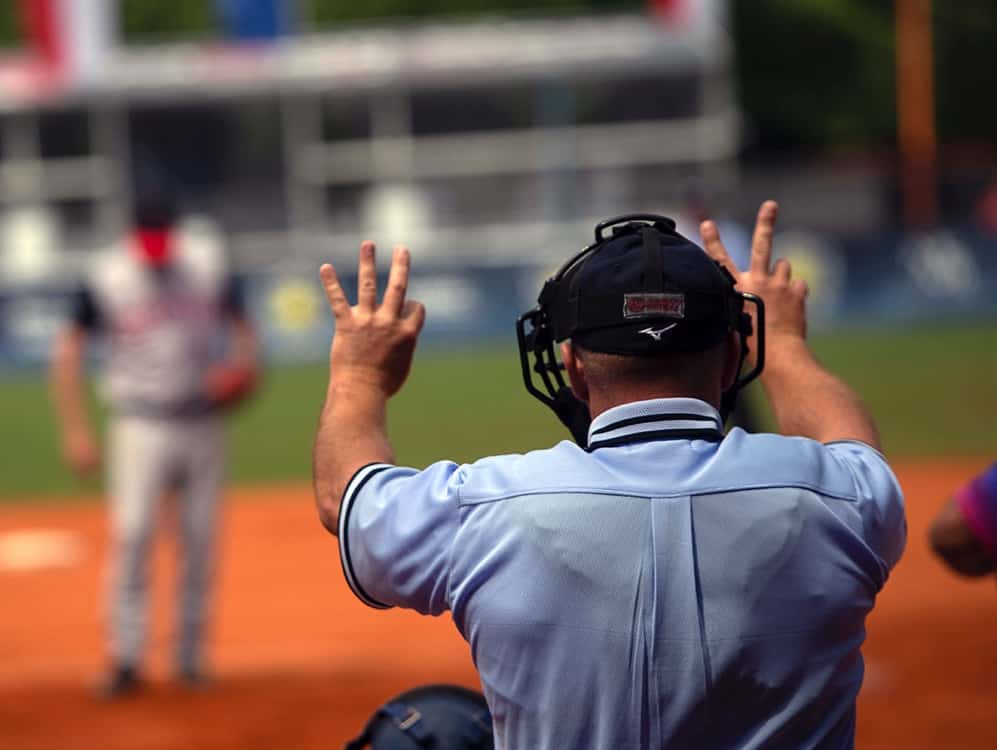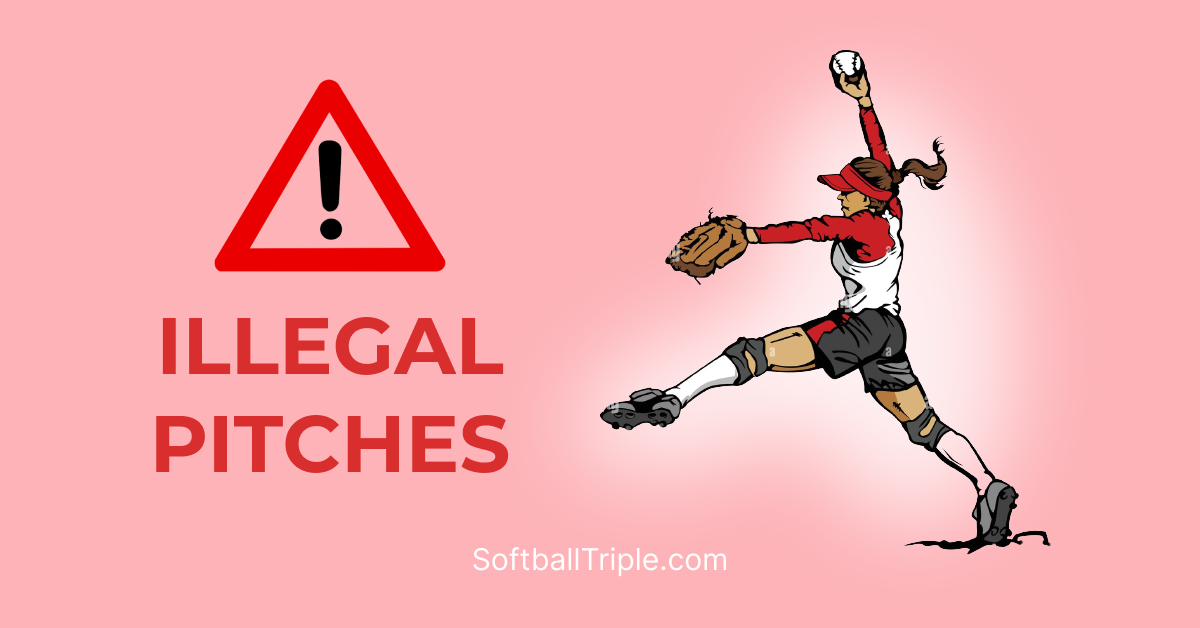In softball, pitching is a critical game component that requires adherence to specific rules and regulations. One of these rules is the prohibition of illegal pitches, which can confuse both beginners and experienced players.
This article aims to shed light on the topic of illegal pitches in softball, explaining what they are, why they occur, and how to avoid them. We will cover different types of illegal pitches, such as the “crow hop,” “quick pitch,” and “step-back.”
Additionally, we will discuss the penalties associated with delivering an illegal pitch and provide tips on how to avoid making these mistakes. By the end of this article, readers will have a clear understanding of what constitutes an illegal pitch in softball and the importance of adhering to the rules and regulations of the game. Whether you are a fan or a player, this article is the ultimate guide to understanding the nuances of pitching in softball.
What is an illegal pitch in softball?
According to USA Softball, an illegal pitch is any move made by the pitcher that violates the rules and regulations of the sport. These violations can range from minor to severe and can result in penalties, lost points, or even disqualification from the tournament. Understanding what constitutes an illegal pitch is crucial to play the game fairly while remaining compliant with the rules and regulations.
One of the most common reasons for a softball illegal pitch is deceptive movement, which confuses the batter and gives the pitcher an unfair advantage. Another reason is a quick pitch, where the pitcher throws the ball before the batter is ready, giving the batter no time to prepare for the pitch. The release of the ball can also result in an illegal pitch if done in an unorthodox manner, such as twisting the wrist or throwing the ball underhand.
Penalties for illegal pitches can range from a warning to disqualification from the tournament, depending on the severity of the violation. If a pitcher commits an illegal pitch in softball, the opposing team may be awarded a ball or a strike, and the batter may be awarded a base. These penalties can have a significant impact on the outcome of the game, making it crucial to play the game fairly and avoid any violations.
Now, let’s take a look at some popular illegal pitches.
Types of illegal pitches
There are several types of illegal pitches in softball, each of which violates the rules and regulations of the sport. Knowing these types of illegal pitches is essential for players and coaches to avoid committing violations during the game. Here are the most common types of illegal pitches in softball:
The Crow Hop: The most-seen illegal pitch among beginners

This move is when a pitcher jumps off the ground before releasing the ball, giving the pitcher an unfair advantage by enabling them to throw the ball with incredible speed and force. As a result, it is considered an illegal pitch and can result in a penalty. This pitch is commonly seen in beginner pitchers still mastering the windmill pitch technique. The crow hop can also result from bad footwork, which causes the pitcher to jump before releasing the ball. To avoid committing this illegal pitch, pitchers must work on their footwork and focus on a smooth, fluid motion when releasing the ball.
The Windmill
This pitch is actually legal in softball, but it becomes illegal if the pitcher swings her arm more than once before releasing the ball. This technique is used to generate power and speed in the pitch, but if the pitcher swings her arm twice or more, it can confuse the batter, making it an unfair move. Pitchers may use this technique to try to throw off the batter’s timing, but it can result in a penalty if not executed correctly. To avoid committing this illegal pitch, pitchers must focus on proper mechanics, use video analysis to identify any issues with their arm swing and work on developing a consistent, fluid delivery.
The Step-Back
It is when a pitcher steps backward before delivering the ball, which is considered a deceptive move that can confuse the batter. It is illegal because it is intended to throw off the batter’s timing and judgment, resulting in an unfair advantage for the pitcher. Pitchers may use this technique to gain an advantage, but it can result in a penalty if not executed correctly. To avoid committing this illegal pitch, pitchers should work on consistent delivery and footwork, ensuring that their delivery is straightforward and free of any deceptive moves.
Can you balk in softball?
One of the common questions regarding deceptive movement is “Can you balk in softball?“
The answer is a big NO. Balking is an illegal pitch in softball.
There are some acceptable balking movements in baseball, but not in softball. In this sport, once you are in the pitching position, you pitch. You don’t move your leg, your body, or your arms without throwing the softball. Otherwise, it would be a penalty.
The Quick Pitch

It is when a pitcher delivers the ball before the batter is ready, catching them off-guard. This technique is illegal because it can injure the batter, who may not be prepared to hit the ball. It can also deceive the batter, making it an unfair move. This pitch is seen as a dirty tactic and can result in severe penalties. Pitchers must not use this pitch in any situation to avoid harsh penalties.
The Illegal Release
The illegal release is when a pitcher delivers the ball unorthodoxly, such as by twisting the wrist or throwing the ball underhand. These moves are illegal because they can result in an unfair advantage for the pitcher, making it difficult for the batter to hit the ball. This pitch is commonly seen in pitchers still mastering their technique and mechanics. To avoid committing this illegal softball pitch, pitchers must focus on proper mechanics and seek feedback from coaches and experienced players to correct any issues with their delivery.
Penalties for illegal pitches
Warning
In some cases, the pitcher may receive a warning for the first offense of an illegal pitch. This warning is intended to educate the pitcher about the violation and give them an opportunity to correct it. However, if the pitcher continues to deliver illegal pitches, they will face more severe penalties.
Ball
If the pitcher delivers an illegal pitch, the umpire may call it a ball, resulting in a free base for the batter. This penalty is not severe, but it can affect the pitcher’s confidence and accuracy.
Strike
In some leagues, an illegal pitch can result in a strike. This penalty is more severe than a ball and can affect the batter’s performance at the plate.
Removal from the game
If a pitcher continues to deliver illegal pitches after receiving a warning or penalty, they may be removed from the game. This severe penalty can affect the team’s performance, as they may need to rely on a less experienced pitcher.
Team Penalty for Illegal Pitches
If a pitcher continues to deliver illegal pitches after receiving a warning or penalty, their team may also receive a penalty. This penalty can vary depending on the league and level of play, but it can result in lost points or disqualification from the tournament.
How to avoid illegal pitches
Practice proper pitching techniques
To avoid illegal pitches in softball, players should practice proper pitching techniques to prevent resorting to illegal methods. Proper footwork, arm movement, and body control are essential to master the correct techniques, such as the windmill pitch. Coaches and experienced players can provide feedback and guidance to help pitchers improve their technique and avoid mistakes.

Players and coaches should study the rules and regulations of the game to be familiar with the different types of illegal pitches and the associated penalties. Understanding the rules can help players identify and avoid committing illegal pitches during the game. Seeking feedback from coaches and experienced players is an excellent way to identify areas of improvement and avoid making mistakes.
Attending clinics and camps is an excellent way to learn proper techniques and get exposure to experienced coaches and players. These events can provide players with a deeper understanding of the game’s rules and regulations and opportunities to practice and refine their skills.
Consistency in delivery is crucial to avoid committing illegal pitches. Pitchers must maintain a consistent rhythm and speed in their delivery, which can help them avoid making mistakes. They should also avoid deceptive moves, such as the step-back pitch, to avoid confusing the batter and committing an illegal pitch. A straightforward delivery ensures that they are playing fair and square.
Learn from mistakes
Video analysis can be an excellent tool for pitchers to identify areas of improvement and avoid making mistakes. Coaches can use video analysis to review a pitcher’s technique and identify any errors or illegal softball pitching. This feedback can help the pitcher make adjustments and avoid committing illegal pitches in the future.
Maintaining strength
Maintaining fitness and strength is crucial for pitchers to avoid committing illegal pitches. Proper conditioning can help pitchers maintain proper form, technique, and focus during the game. A strong core, legs, and upper body can also help pitchers generate power and speed in their delivery, allowing them to avoid resorting to illegal pitch softball techniques.
Conclusion
Illegal pitches in softball are a violation of the rules and regulations set by the sport’s governing bodies. Understanding what they are and how to avoid them is essential to play the game fairly and achieving success. By doing so, players can play the game fairly and confidently, achieving success and enjoying the sport to the fullest.
Softball is a fun and exciting sport that can be enjoyed by players of all ages and skill levels. With dedication and practice, players can achieve success and make lasting memories on the field.
Thanks for stopping by SoftballTriple!
Norman Dang is a diehard softball fan with full of energy and enthusiasm. He has over ten years of experience in playing softball and coaching softball for kids. He shares his expertise on the SoftballTriple blog.

